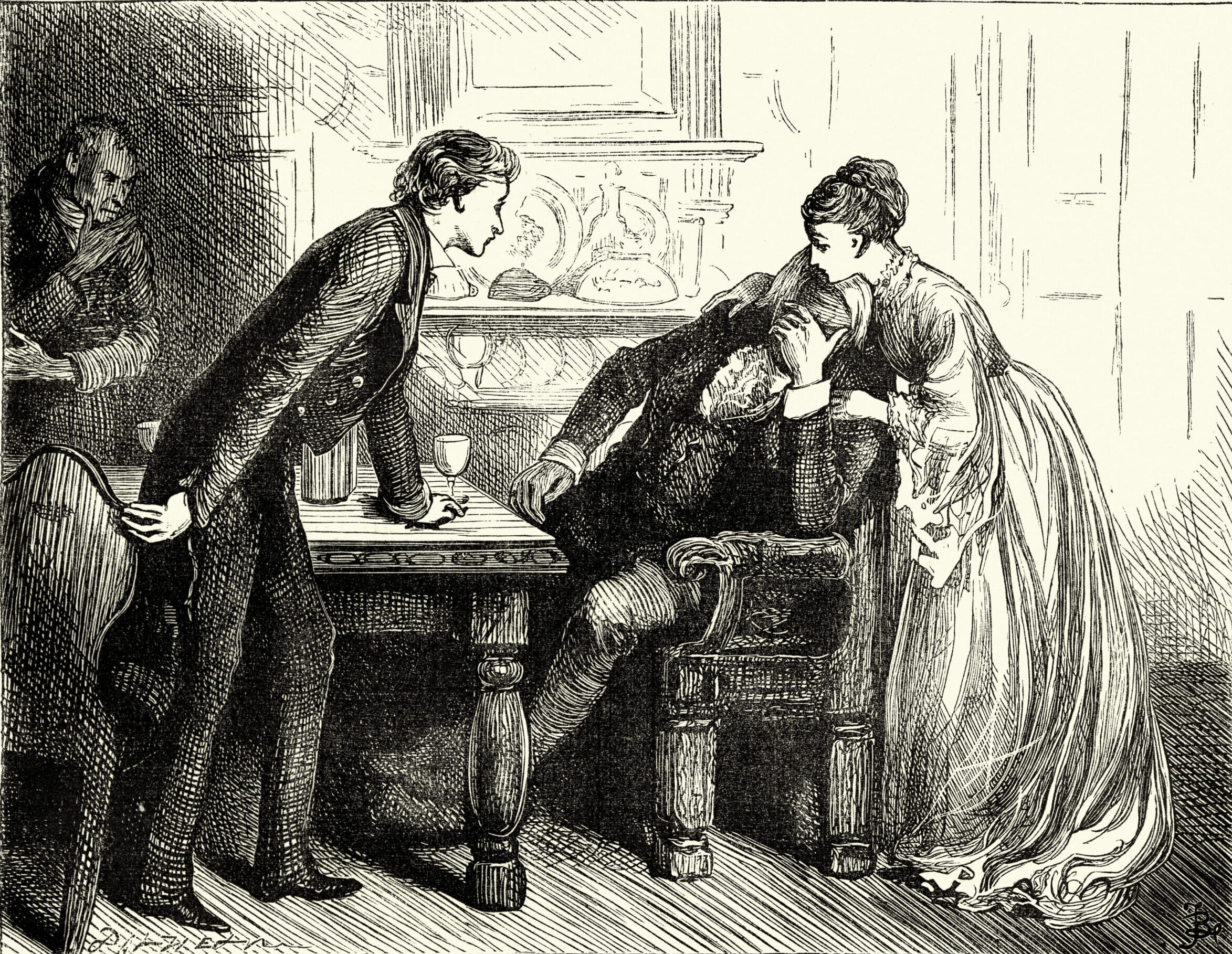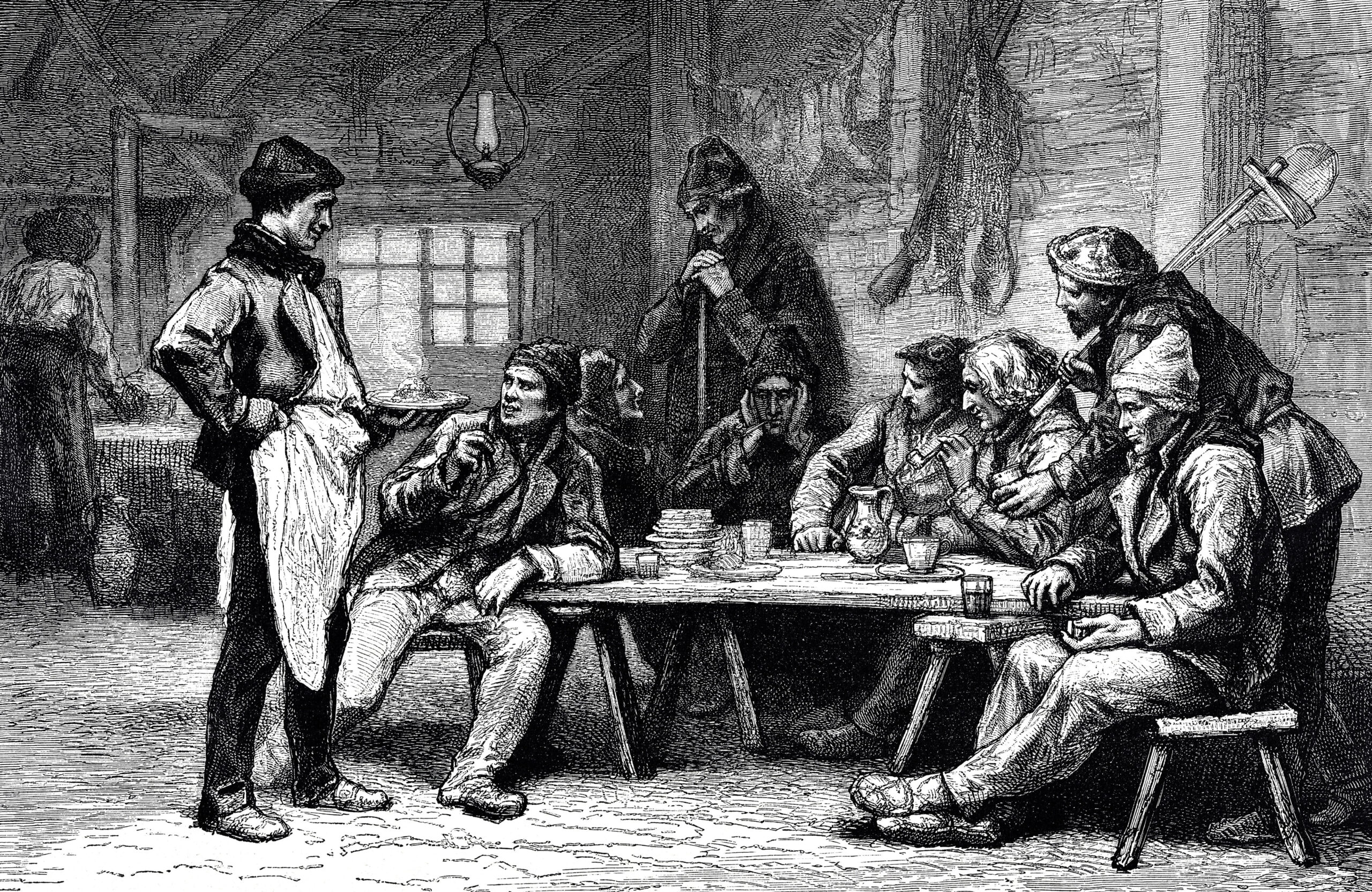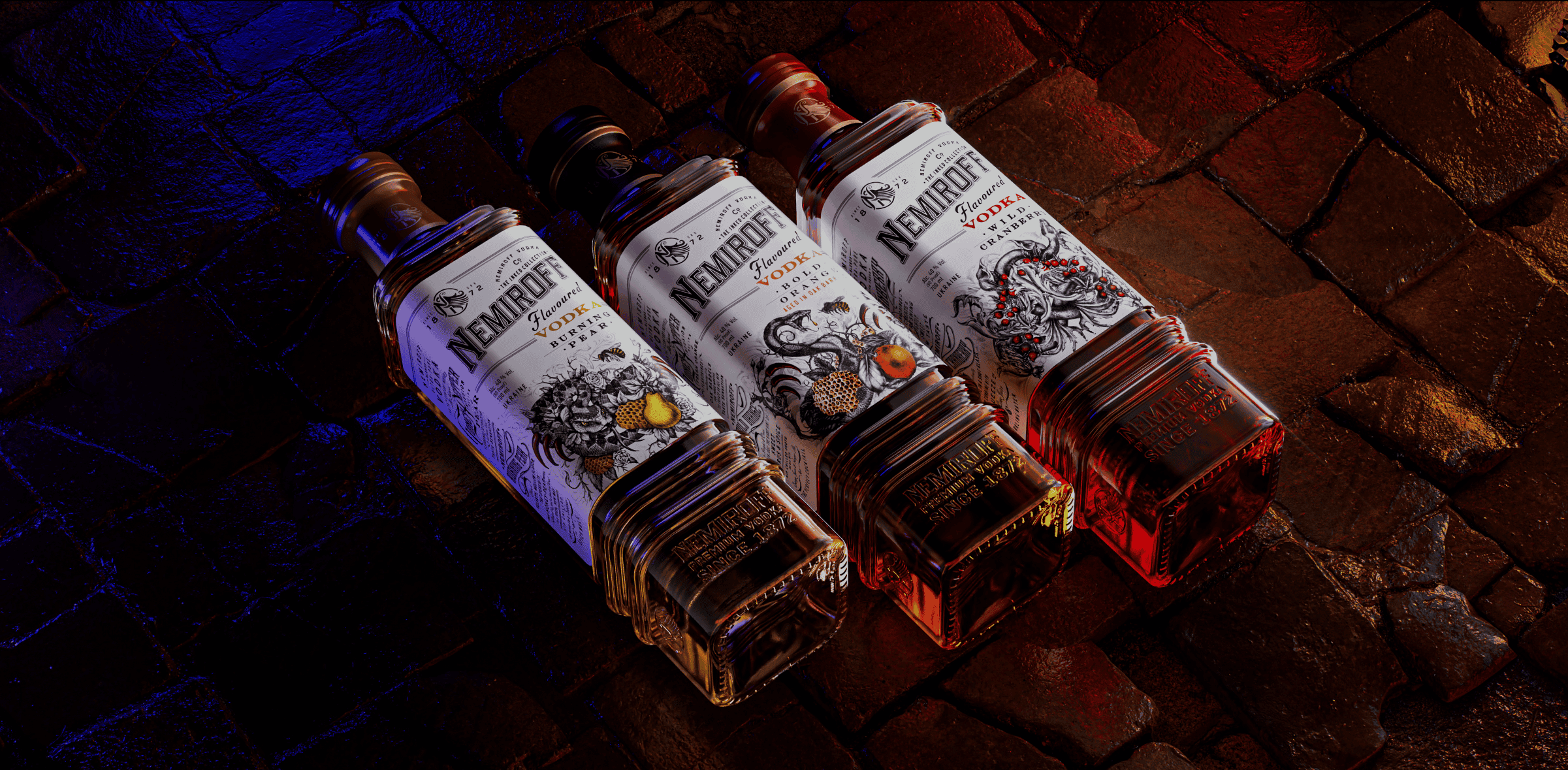Ukrainian literature contains many stories in which vodka serves as a symbol of the times, everyday life, and social relations. These texts reveal historical facts about vodka and its role in rituals and daily life. This article outlines the key stories, images, and meanings.
We will focus on sources from different eras, trace facts about vodka in Ukrainian literature, from folk tradition to contemporary prose. We will show how symbolism has changed and why historical evidence is often linked to the culture of communities.
Vodka as part of Ukrainian culture and literary tradition
In folklore, vodka acts as a kind of marker of hospitality, a symbol of shared meals and collective unity. It appears as a plot detail that sets the tone for the scene: from the joy of celebration to tense moments of negotiation or argument.
These ideas are recorded in classic texts of Ukrainian literature of the 19th century, depicting everyday life without embellishment. Here, there are important facts about vodka in literature: the names of drinks (‘pervak’), measures of volume, tableware (glasses, decanters, flasks), and drinking rituals. Such elements give the texts authenticity and immerse the reader in the world of folk customs.
The origins of vodka in a historical context and the first mentions in written sources
The first mentions are associated with ‘bread wine’ and the craft of distillers. Chronicles and official documents describe taxes on taverns, state monopolies, and control over production. It is these historical facts about vodka that demonstrate how the drink gradually became part of the economic and social system.
Written sources also record the transformation of terms: from ‘hot wine’ to the established name ‘vodka’. It is not only a linguistic but also a cultural evolution, which is reflected in the texts. Thus, historical facts about vodka in literature help to understand how the word and phenomenon became established in the cultural space.
Vodka in Cossack ballads and folk songs
In folk oral tradition, vodka appears as a marker of custom and social norms, rather than as an object of approval. In Cossack ballads and songs, it serves as a backdrop to events — a symbol of brotherhood, hospitality, or an element of everyday life in camp, at a fair, or during military gatherings.
Folk narratives emphasise both the freedom and the discipline of Cossack life. In such stories, vodka often becomes a detail that emphasises the atmosphere — a shared table, a military council, a meeting after a campaign. The lyrical hero makes a choice, and the mention of the drink only indicates a cultural code.
The image of vodka in classical Ukrainian literature of the 19th century
In the 19th century, vodka appeared in Ukrainian literature not just as an everyday detail, but as a symbol of social processes. Writers used it as a metaphor for poverty, heavy tax burdens, or as a marker of public life. Historical facts about vodka in literature help us see that it was a part of a broader social context — from village gatherings to urban dramas.
In prose and drama, taverns and pubs often became places where conflicts unfolded. Characters from different social classes met here, and it was through the detail of a ‘glass’ or ‘pub’ that authors recreated social tension. Thus, facts about vodka in Ukrainian literature became an artistic tool that allowed authors to explain the behaviour of characters and the atmosphere of the era.
A striking example is Ivan Kotlyarevsky’s poem ‘Eneida’. Here, vodka appears as an organic element of folk life. Particularly striking is the mention of ‘pervak’ — vodka from the first distillation, which conveys the realities of rural life and adds colour to the text. Thanks to this, the work gains authenticity, and the image of vodka becomes part of the cultural memory engraved in literature.
Symbolism and social context of vodka consumption in literature of the 20th century
In the 20th century, the topic of vodka in literature acquired social significance. Authors emphasised not only everyday details, but also the symbolic meaning of the drink. It became a symbol of tradition, collectivity or, conversely, decline and social problems. Facts about vodka in Ukrainian literature of this period show that it served as a cultural marker and artistic device.
In Ivan Karpenko-Kariy’s plays ‘Martin Borulia’ and ‘One Hundred Thousand’, vodka becomes part of the social atmosphere. It accompanies wedding and family scenes and emphasises the social status of the characters. In this way, the author uses detail to show the position of the characters in society.
In Nikolai Gogol’s novel ‘Taras Bulba’, the mention of vodka reflects the Cossack tradition. It is not just a detail of everyday life, but also a symbol of brotherhood, military unity and the character of the era.
Humor, satire, and criticism of drunkenness: the perspective of Ukrainian writers
Satirical genres allowed authors to talk about the flaws of society through laughter. Parodic scenes with taverns and feasts exposing abuse are often found in literature. In such episodes, vodka became an instrument of social criticism, and the characters became caricatures.
The most common motifs in satirical fragments:
– the breakdown of everyday life and the degradation of the characters;
– corruption and arbitrariness associated with the tavern;
– moral assessment of drunkenness as a social problem.
A bright example is Ivan Nechuy-Levytskiy’s novel ’The Kaidashev Family’, where the theme of vodka is presented in a satirical manner. Alcohol abuse here becomes a source of quarrels, conflicts, and the degradation of the main character, Omelko Kaidashev. The author shows how drunkenness destroys family life, turning ordinary debates into comically tragic scenes.

Contemporary literature: the transformation of the image of vodka in the post-Soviet era
In literature after 1991, the image of vodka took on new meanings. It ceased to be merely an attribute of feasting and entered the realm of symbols reflecting the state of society and individual experiences.
– Yuri Andrukhovych. In the novels Recreation, Moscoviada, and Twelve Hoops, vodka becomes an element of the carnival atmosphere of post-Soviet Ukraine. It acts as an ironic symbol of debauchery and loss of control, but at the same time — of collective unity. Through the motif of the ‘glass’, the author speaks of the search for identity and the desire to escape from everyday reality.
– Serhiy Zhadan. In prose and poetry (Depeche Mode, Voroshilovgrad), vodka appears as a marker of everyday life in a provincial and working-class environment. Its presence in the texts is combined with images of nighttime hangouts, marginal characters, and conversations about lost dreams. At the same time, it is the backdrop for short-lived solidarity between people.
– Lyubko Deresh. In his early novels (The Cult, Worship of the lizard), the motif of vodka appears as part of youth rebellion. For teenage characters, it becomes an element of experimentation and an attempt to go beyond the limits of what is permitted, along with music and drugs.
Thus, in contemporary Ukrainian literature, references to vodka reflect social and cultural transformations. It appears not only as an everyday detail, but also as a tool for understanding identity, crisis, and the search for new meanings in post-Soviet society.
From folklore to contemporary prose, vodka appears as a cultural symbol. In texts, it performs various functions — from an everyday detail to a symbol of identity and social criticism. These literary references allow us to understand how cultural perceptions have changed over the centuries.
You can learn more about the history of production and traditional vodka making on the Nemiroff production page, where modern technology is combined with historical heritage. You can familiarise yourself with the current product range in the Nemiroff products section.




